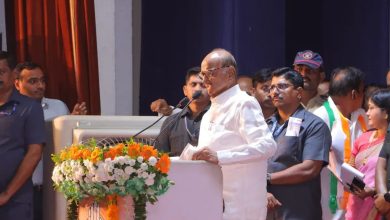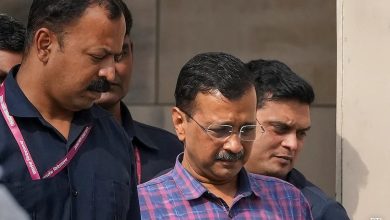ISRO Chief Allays Fears, Says Chandrayaan I’s Objectives Almost Complete
Allaying apprehensions about Chandrayaan-I’s success following a snag discovered in a crucial onboard censor, ISRO chairman G Madhavan Nair has said that over 95% of India’s first moon mission objectives have been attained.
“In the last eight months of the operation of the mission we have collected almost 95 percent of the data that we wanted; most of its objectives have already been completed,” ISRO chairman G Madhavan Nair said.
About the snag in the sensor, he said that the mission last month lost a crucial censor that was helpful for the mission in knowing its direction.
“Like in the olden days when one used to look at the stars to fix a direction, likewise onboard electronic equipment is required for precise pointing (towards the moon),” he explained.
Though admitting worries of ISRO scientists over the development, he said that it would not shorten the two-year lifespan of Chandrayaan spacecraft.
“Chandrayaan can continue but of course one cannot predict….failures can always happen if some more failures happen, then we have problems,” he said, adding, “The mission is a 100 percent success.”
As for the backup plan, he said that they worked very innovatively to overcome this loss with scientists at the satellite control centre of ISRO telemetry, tracking and command network (ISTRAC) tackling the disorientation, using the antenna-pointing mechanism and gyroscope on board the spacecraft.
The space agency’s deep space network (DSN) at Byalalu, about 40 km from here, is able to receive the orientation information from the spacecraft regularly.
“As you know we did not have experience of this kind anytime earlier. This is for the first time we have understood the intricacies of going around the moon and this data will help us make the subsequent mission much more reliable,” he said.
The malfunction occurred about three weeks after Chandrayaan’s orbit was raised to 200 km from 100 km with a wider swath on May 19 for further studies on orbit perturbations and gravitational field variation of the moon.





